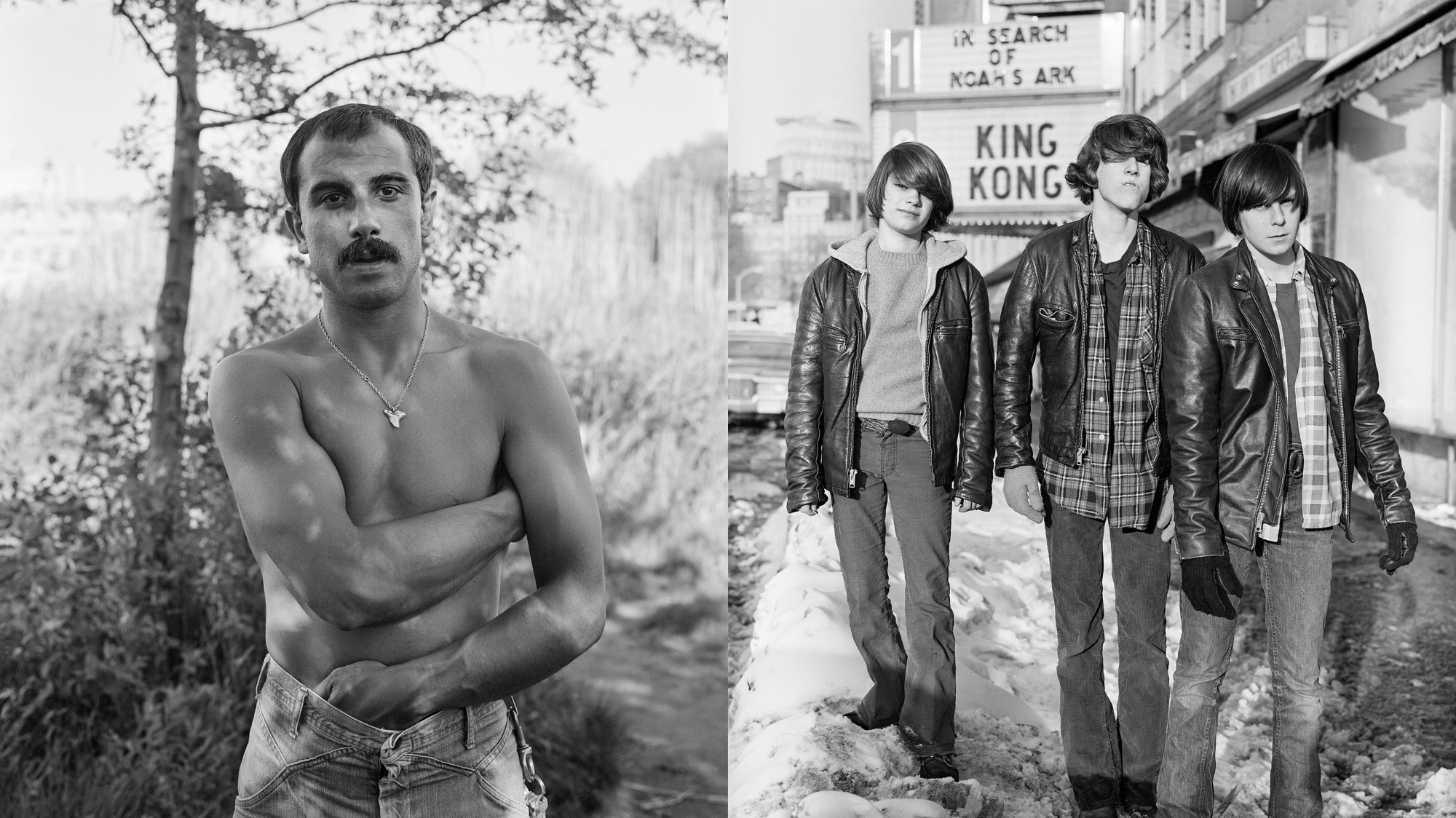Mike Smith bought his first camera in Vietnam while serving in the US army. A friend showed him a photograph they’d taken of a parrot, and almost immediately, he sought out the same apparatus. From then on, he took a camera wherever he moved, and studied for a BFA and MFA in the practise. In the early 80s, Mike landed a job at Eastern Tennessee State University teaching photography. In the years since, his work documenting this region, and the quiet, often traditional community ensconced in the mountains of Southern Appalachia, has won plaudits for its depth and sensitivity. His prints now hang in the Whitney, the MET and MoMA.
But in the late 1970s, however, Mike was in Boston, where he’d grown up and was working as a messenger to supplement his studies at Massachusetts College of Art. The role made him privy to all corners of the city, and he captured those he encountered as he moved through it. Almost half a century on, he’s publishing a selection of the work taken during this period, entitled Streets of Boston.
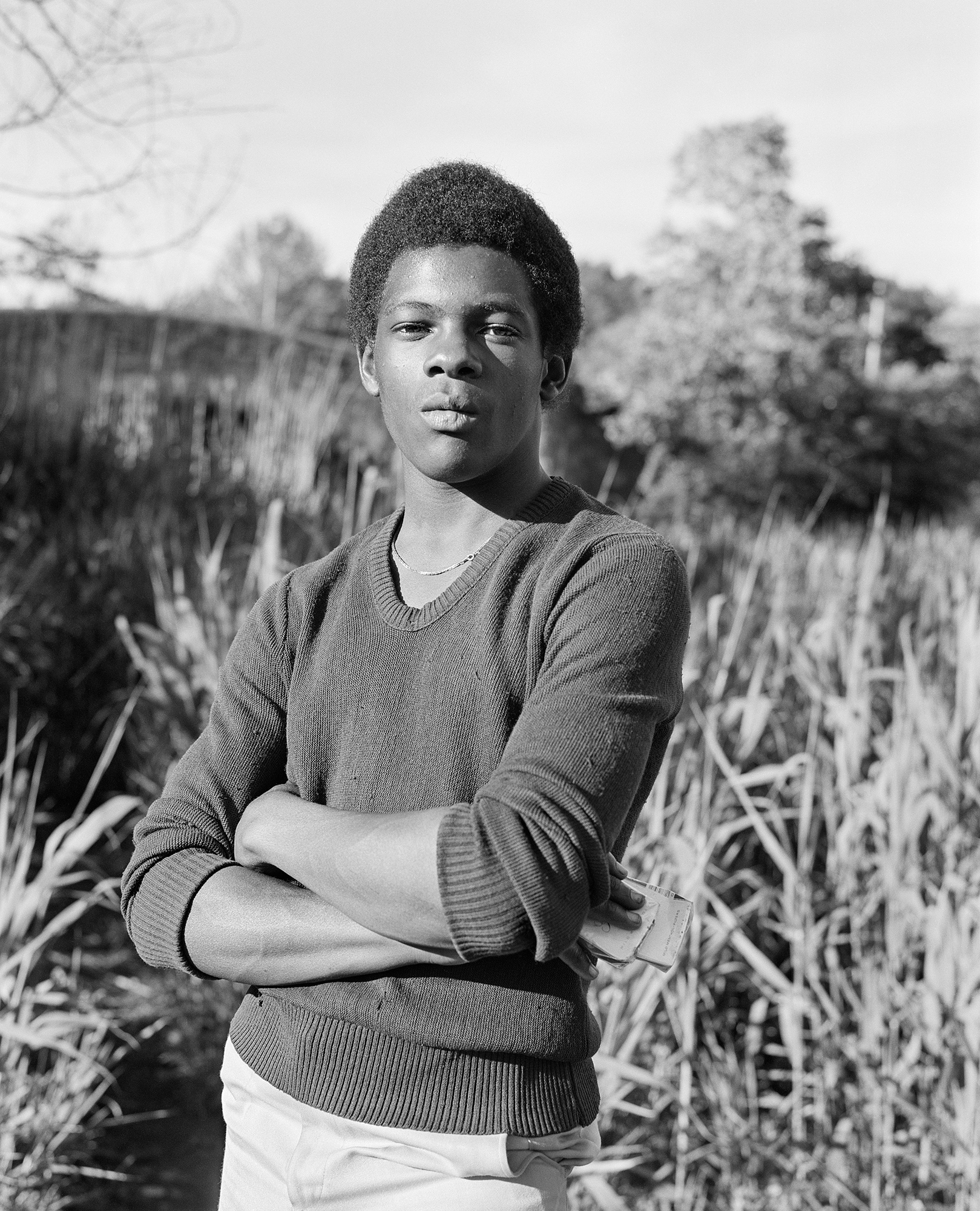
“I was carrying documents all over Boston, and that allowed me to get into places where I normally would not have been,” Mike explains over a Zoom call. “I think the spectrum of people [in the book] is partly due to that. I never knew where I would be going, I would just be handed a document with an address, and I would go on foot.”
Immortalised in black-and-white, Mike’s subjects run the gamut of different people living in Boston at that time. In some pictures, young men pose in the centre of the photograph, their outfit and surrounding environment on full display; in others, the camera captures chic older women at close range, filling the frame from the chest up. The latter, ‘clutter free’ images, are the photographer’s favourites, he tells me. Shot all year round, the book features thick woollen coats and swimwear; a whole series at a park recalls long summer days, with people enjoying ice cream and lying by a lake. While a few friends appear, most of Mike’s subjects were strangers. “It was a brief encounter on the street, a pleasant experience.”
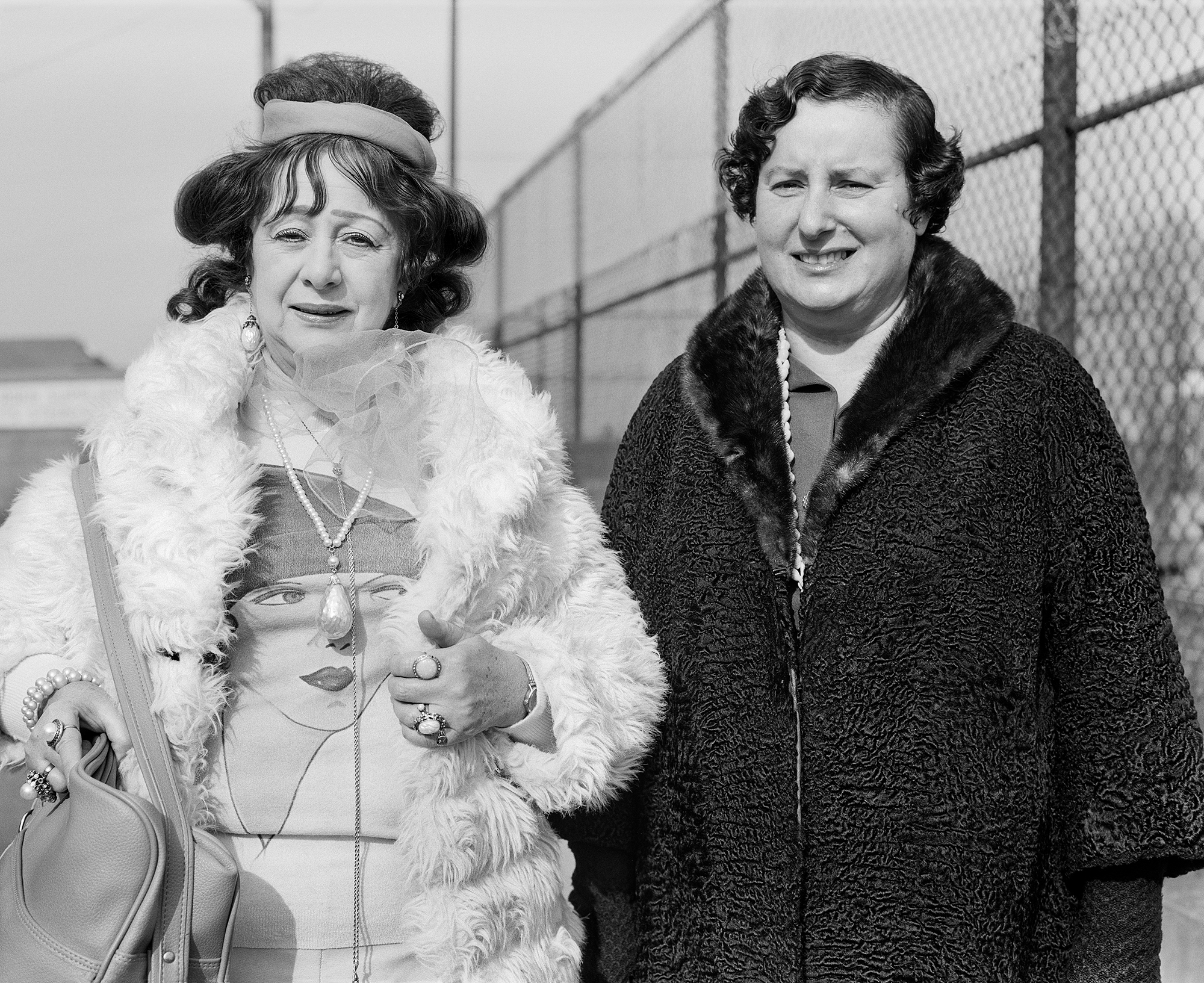
Initially interested in a more candid approach to street photography, the portraits began with an incident in 1976, when Mike was chased by an angry man who tripped and fell in pursuit. “Before that, it was more gestural and fluid work,” he says, revisiting the memory. “When that man fell, I decided to change things and started taking portraits with a 35mm camera. Shortly after, I bought a larger format camera — it was very distinct, you could say. It had a presence that demanded attention.” Ultimately he was hungry to learn, motivated to develop his photographic ambitions. “There wasn’t any particular goal in mind, other than my need to explore the city and just encounter people. Being a student, I was interested in learning how to make pictures; that was the purpose of my work.”
An earlier course Mike had studied in social work — which he dropped out of to attend art college — offered him a framework to explore his interest in people, behaviour and identities appropriately. “I think it was natural for me to photograph people, that was what I did in Vietnam mostly, and when I started at the college, I just gravitated towards people. I never understood why people would take a picture of a tree, for instance, or photograph the city. I wanted to photograph individuals and interact with people meaningfully.”
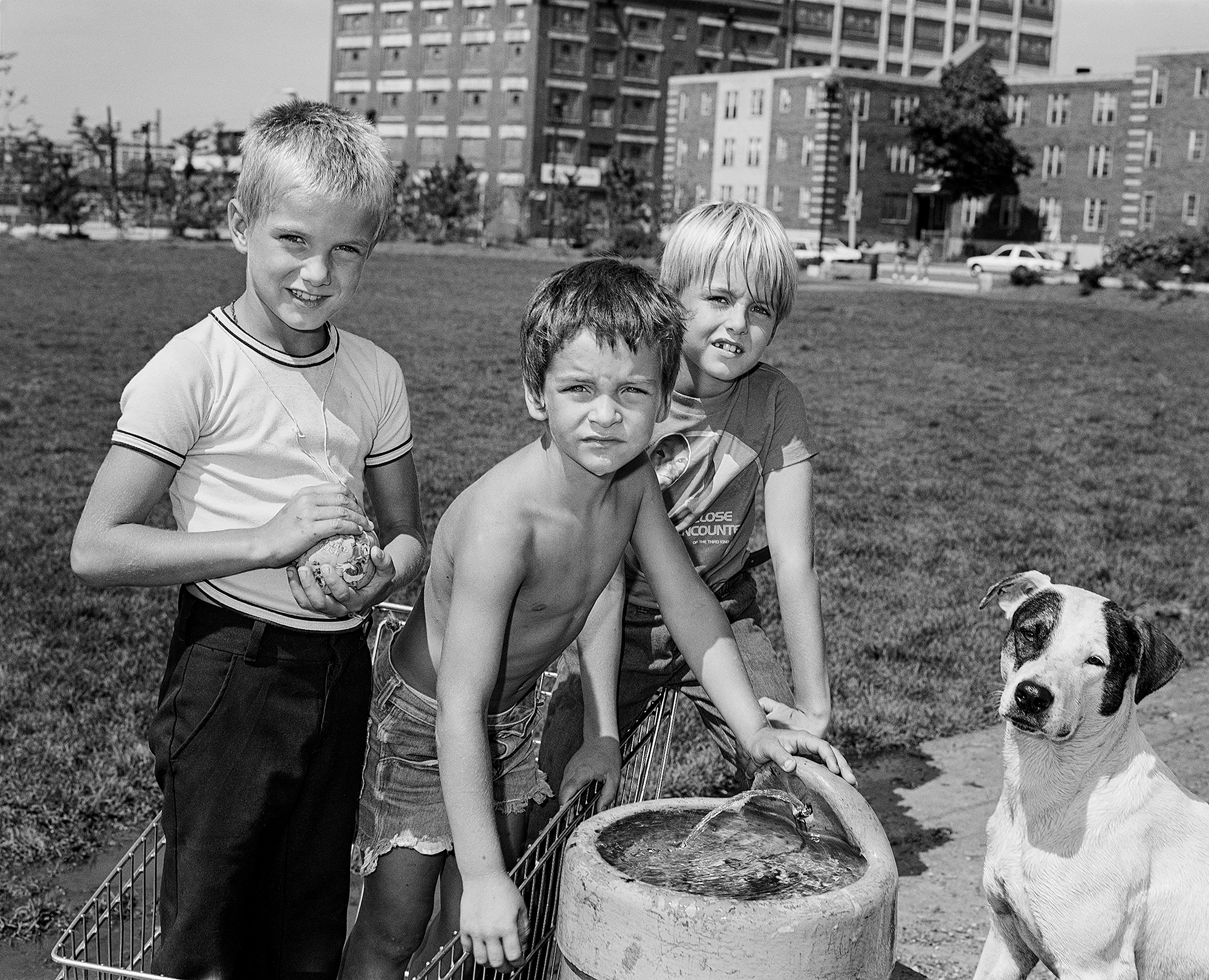
“I don’t know by what means, but people would open up and trust me very quickly,” he continues, reflecting on the intimacy between subject and photographer. “I think I wasn’t particularly threatening; I expressed an interest in people, and I think everyone likes attention — that’s what I was doing, paying attention to other people. I don’t know what triggered it, it wasn’t a particular person or type of look, but I was out each day, all day long.”
Leaving Boston for a graduate course at Yale University, Mike’s singular interest in photographing people developed into a broader understanding of the form’s reach and, subsequently, his landscapes in Eastern Tennessee. Looking back at the Boston images today, he says he’s largely divorced himself from the work. “I don’t have any recollection of the individuals or experiences — that was 40-odd years ago. So I’m looking strictly now at the photographs themselves and how they fit together for the book.” Bound with a striking red on red cover, the book’s curation is the product of a collaboration between the photographer and Rachel and Gregory at STANLEY/BARKER.
“My life has been organised around photography,” Mike adds, reflecting on how the form has shaped him since those early days in Boston. “I’ve taught it for 37 years, and you know, I try to practise something related to it every day. This afternoon I’ll be at my studio, so it’s continuing, and it’s non-ending.”
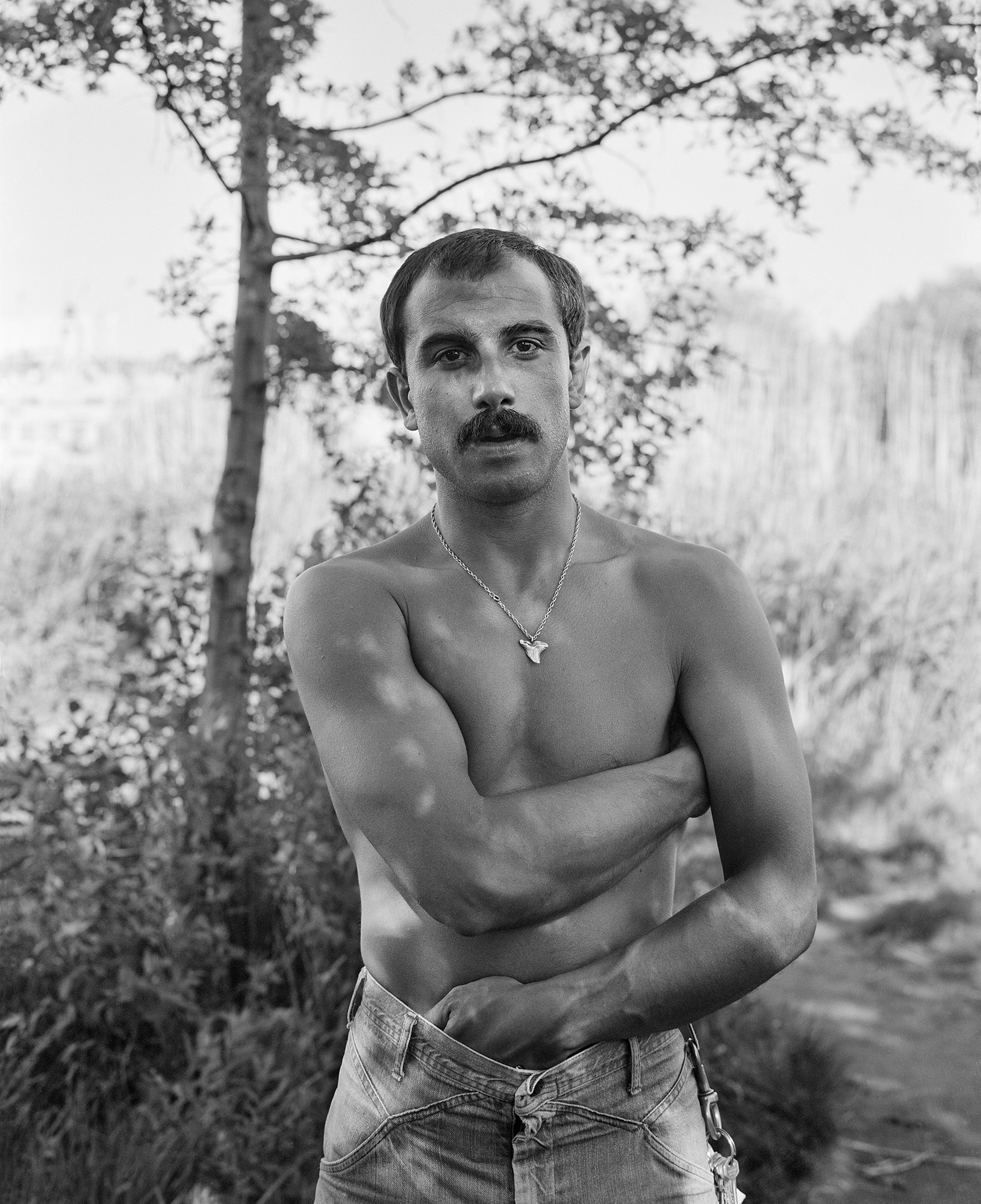
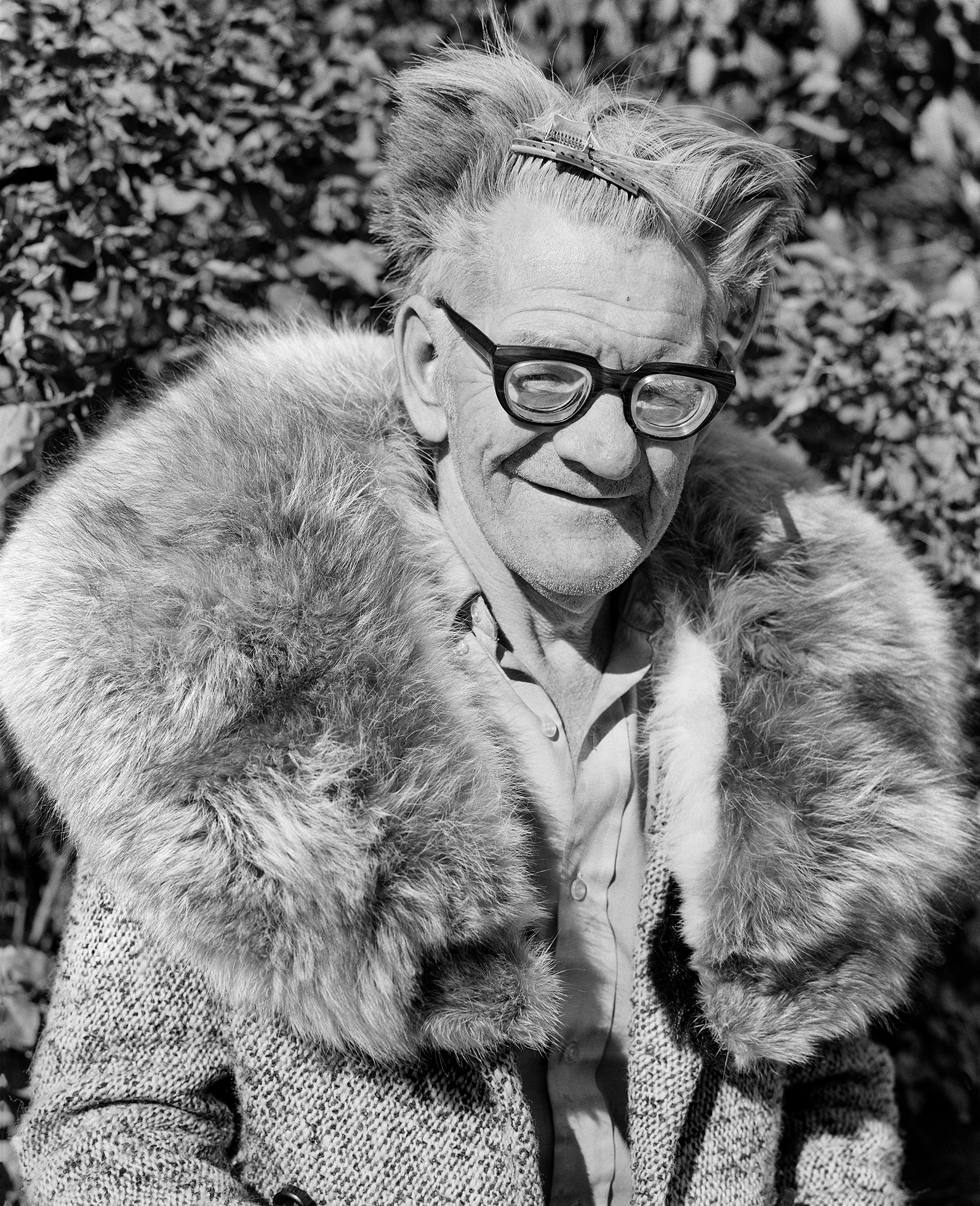
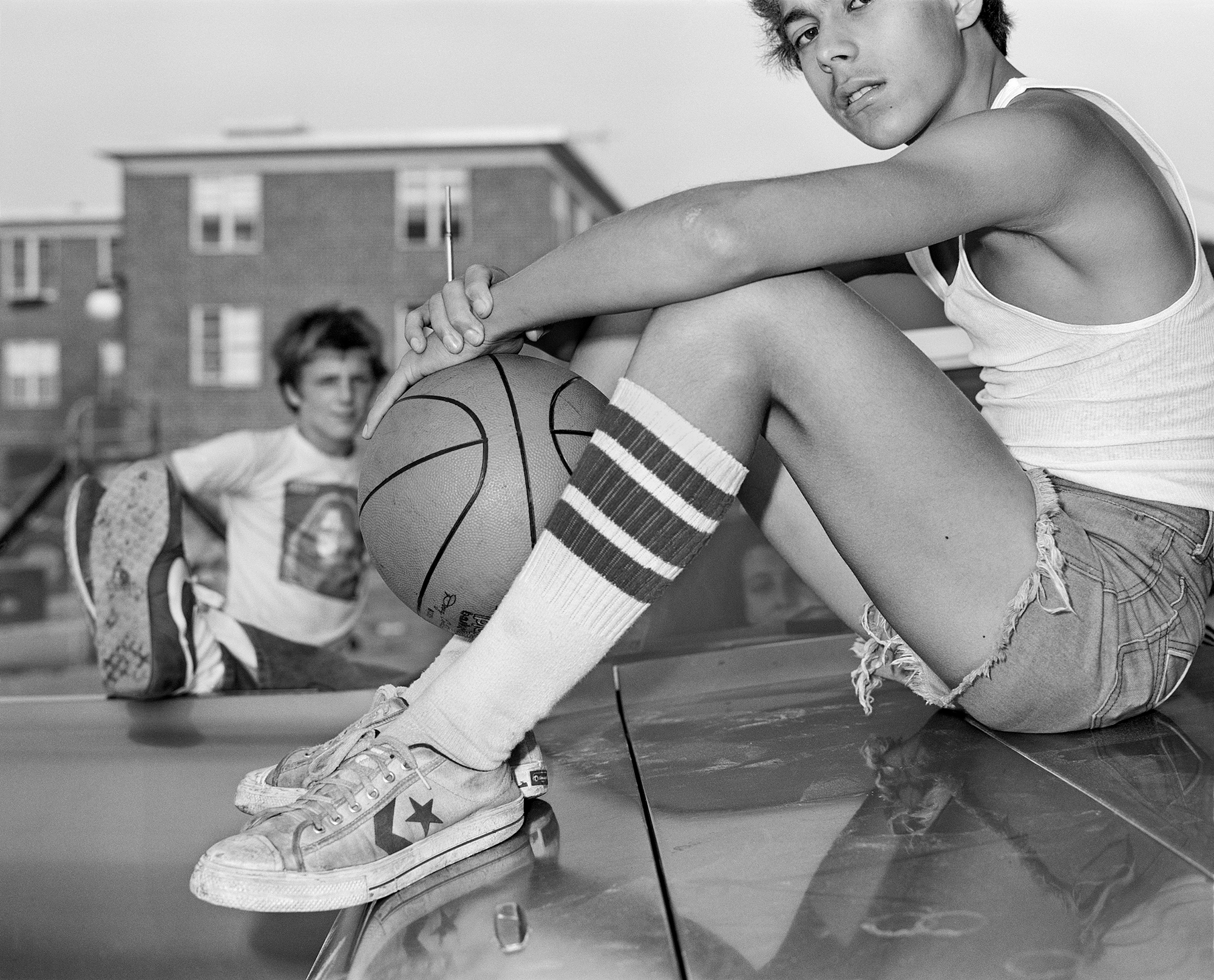

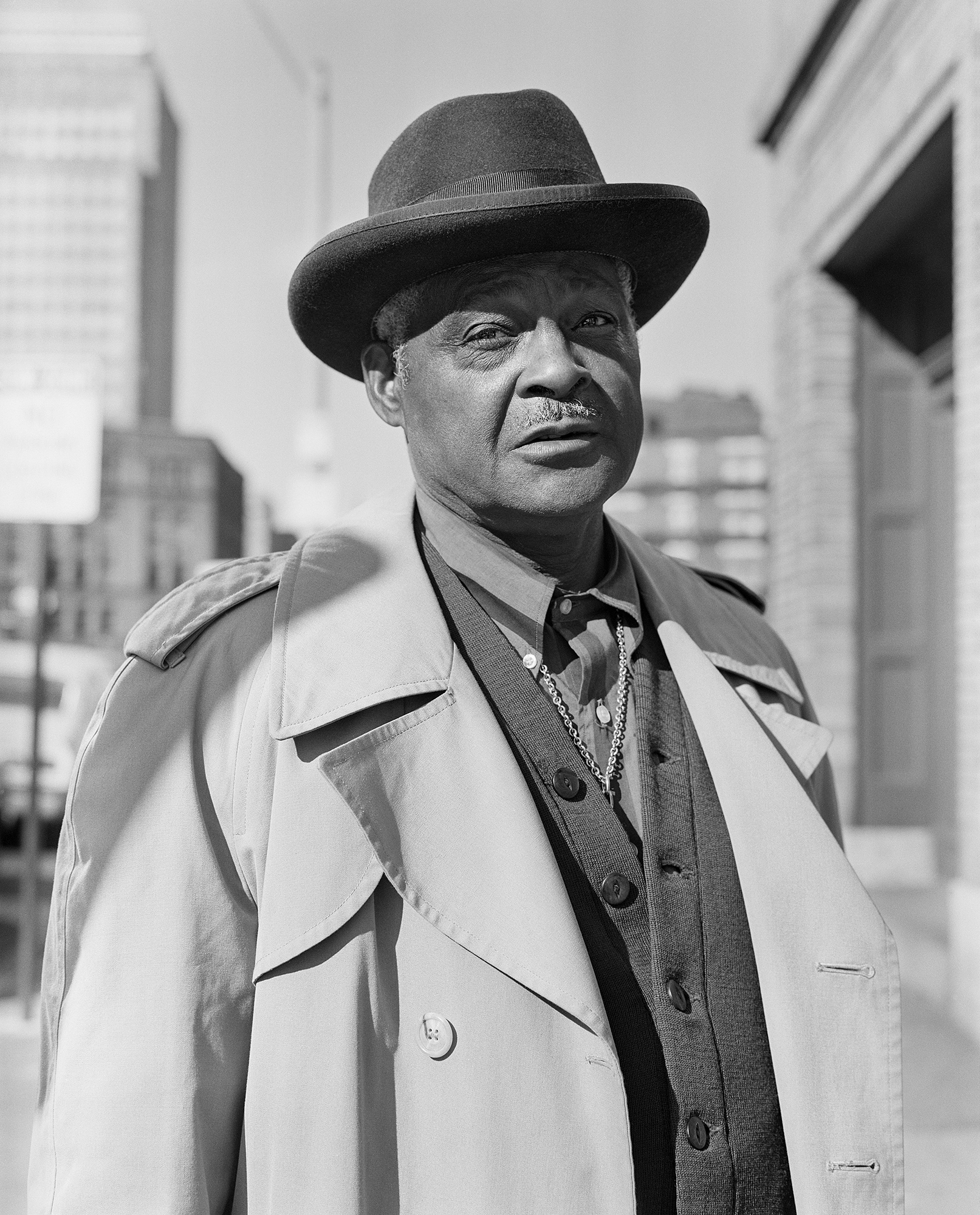
Credits
All images © Mike Smith
